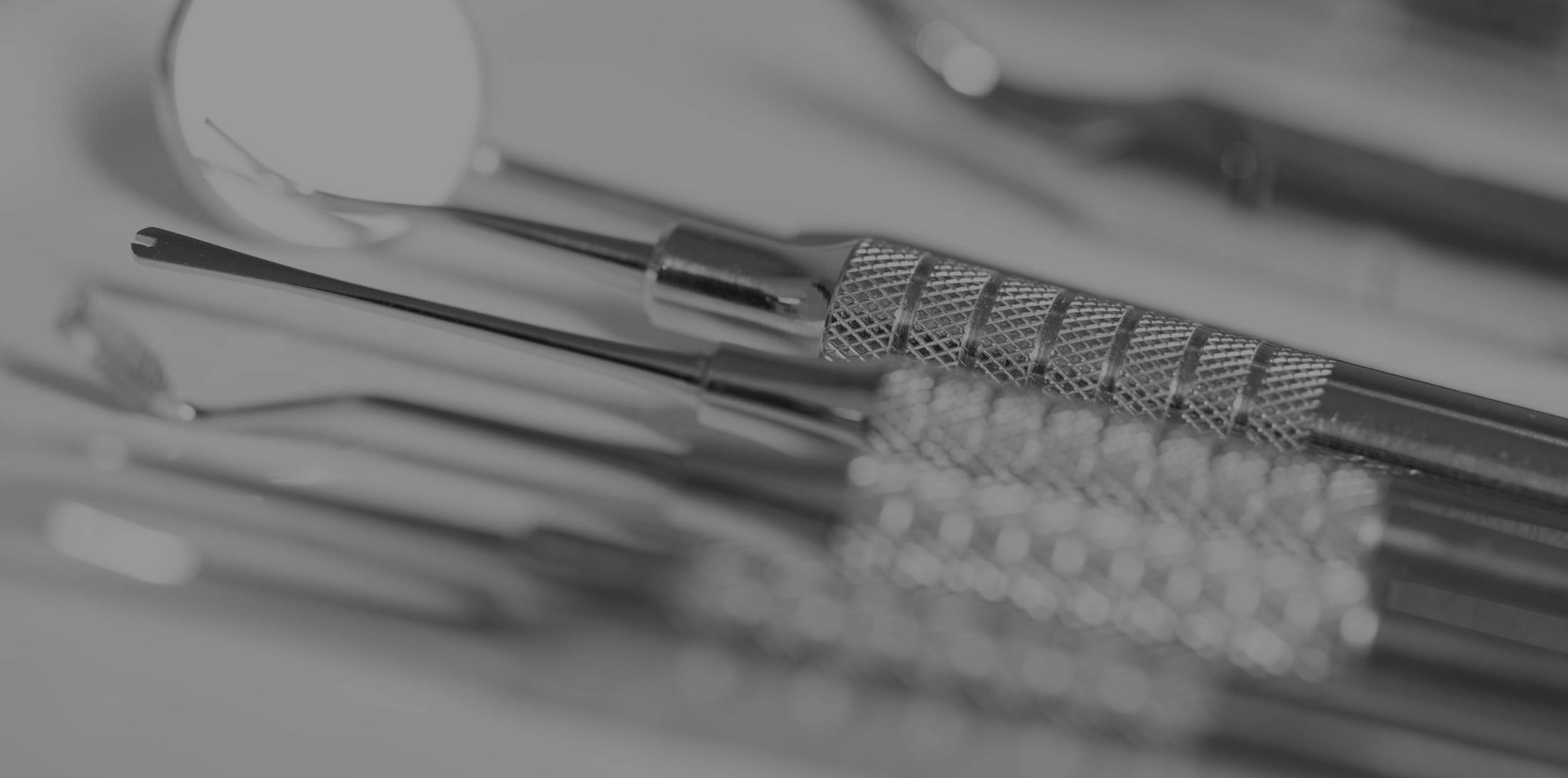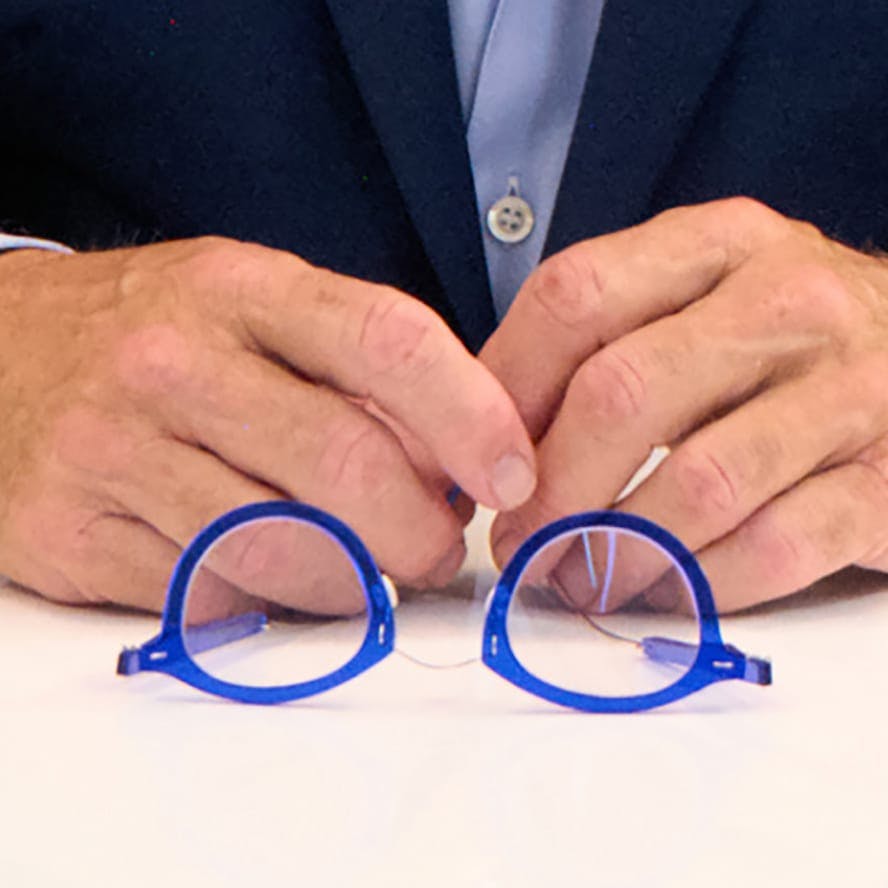Mewing is a DIY tongue placement technique meant to restructure your jaw by putting your tongue against the roof of your mouth. It’s named after Dr. John Mew, a British orthodontist who was recently stripped of his credentials by the General Dental Council.
Mewing Explained: Hype, Risks, and Real Alternatives
The mewing technique is huge on social media, and disparagers say that mewing takes advantage of insecure men online who are looking to improve their jawline appearance or teeth misalignment.
Mewing shouldn’t be dangerous unless you opt for mewing over a necessary orthodontic treatment. Let’s just say, there are often alternatives to mewing and invasive surgery, both of which should seldom be a first-line treatment.
Keep reading to learn more about how mewing is supposed to work, the purported benefits, and any potential risks.
If you’re interested in personalized oral health care that prioritizes scientific research, your unique circumstances, and non-invasive procedures, schedule an appointment with Rejuvenation Dentistry today.










